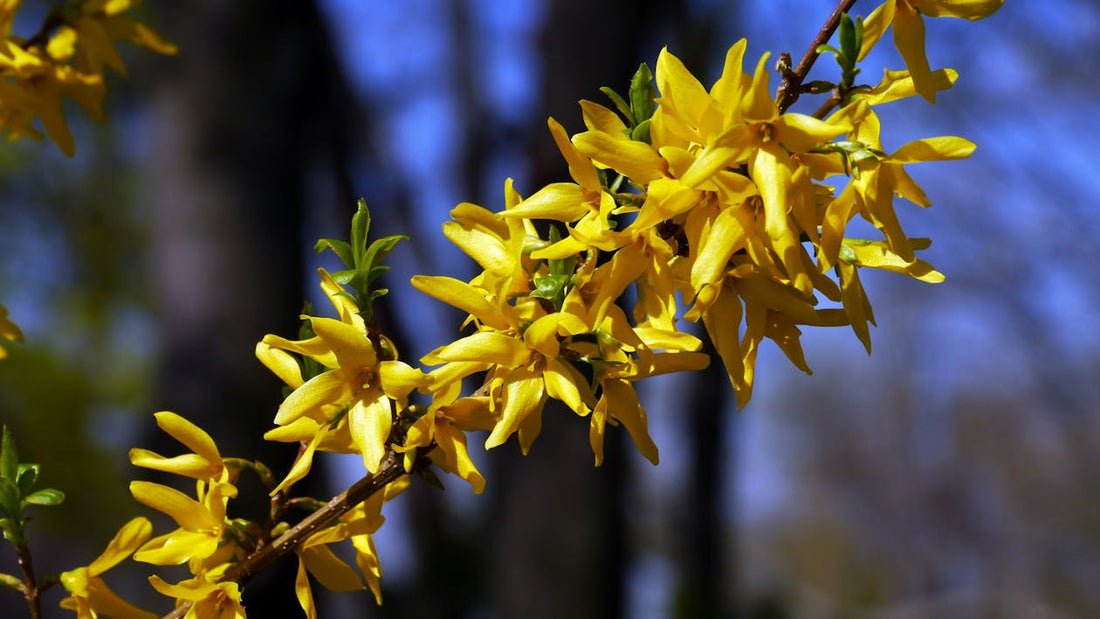
Background and history of Forsythia (Chinese bellflower)
Share
The Forsythia is named after William Forsyth, an 18th century Scottish botanist who was involved in the development of the Royal Horticultural Society. This ornamental shrub is native to Asia, particularly China, Korea and Japan, where it has been valued for centuries for its early flowering properties.
Forsythia plays an important role in traditional Asian gardens, where it is often combined with other flowering shrubs and trees such as the ornamental cherry. Its bold yellow flowers symbolize hope, happiness and the beginning of spring, and are often used in festivities and ceremonies.
In Europe and North America, Forsythia only became popular in the 19th century when it was introduced as an ornamental plant. Since then, it has become a garden fixture due to its easy care and showy flowering. Modern varieties such as 'Lynwood Gold' and 'Spectabilis' have been specially bred for their abundant flowers and compact growth.
Forsythia is not only a feast for the eyes, but also a valuable plant for biodiversity. Bees and other pollinators are attracted to the early flowers, making it an important part of the ecological balance of the garden.
With its rich history, easy maintenance and enchanting yellow flowers, Forsythia is a great choice for any garden. Whether you have a small city garden or a large country outdoor space, the Chinese bellflower is guaranteed to bring sunshine to your garden.
